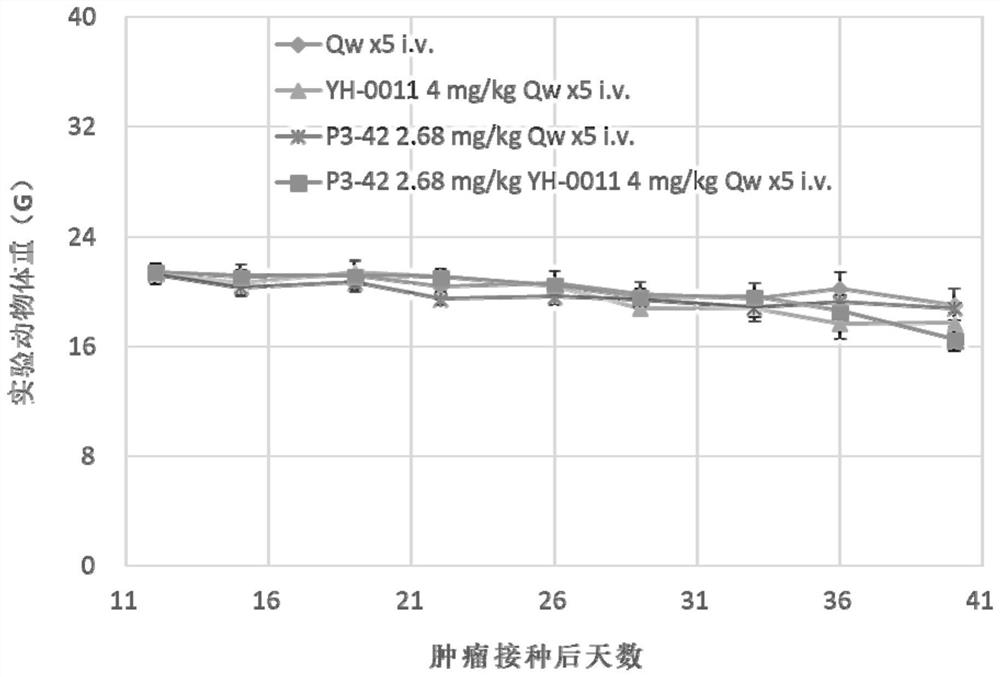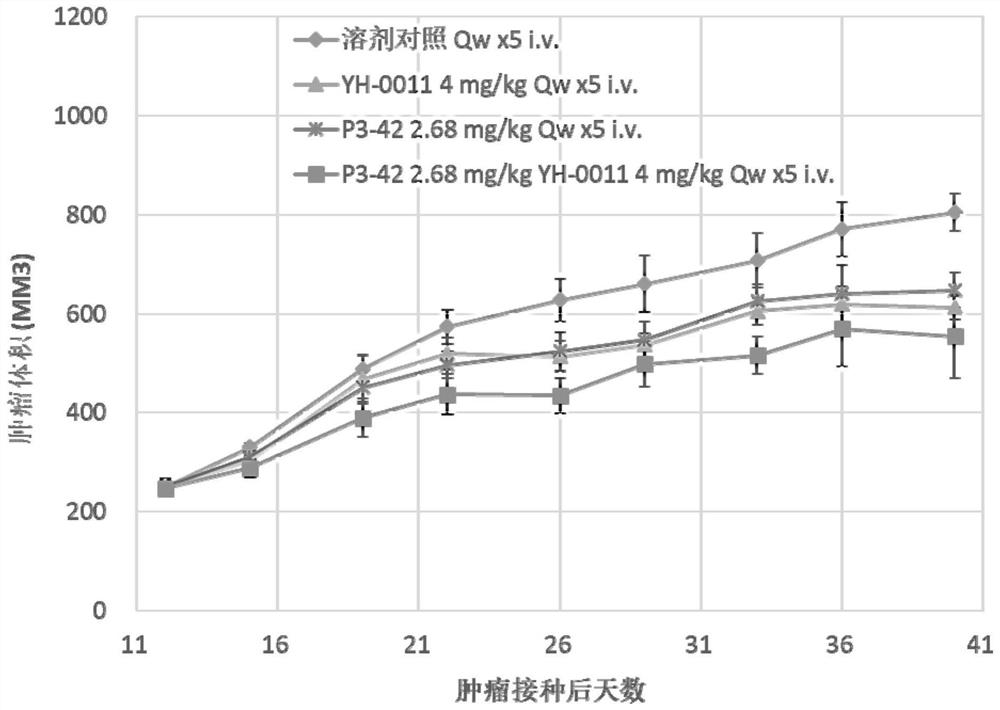cdk9 inhibitor and preparation method and application thereof
A technology of inhibitors and drugs, applied in the field of pharmaceutical compositions, CDK9 inhibitors and their preparation, can solve the problems of poor effect and obvious toxic and side effects, and achieve the advantages of strong effect, small toxic and side effects, and reduced production costs. Effect
- Summary
- Abstract
- Description
- Claims
- Application Information
AI Technical Summary
Problems solved by technology
Method used
Image
Examples
preparation example Construction
[0083] A second aspect of the embodiments of the present application provides a method for preparing a CDK9 inhibitor, comprising the following steps:
[0084]
[0085] The preparation method of the CDK9 inhibitor provided by the second aspect of the present application, the preparation method realizes the preparation of the CDK9 inhibitor through substitution reaction, catalytic cyclization / oxidation reaction, condensation or cyclization reaction, amination or alkylation reaction, and the reaction In the process, the raw materials are easily obtained, the reaction process is simple and easy to operate, the forward reaction rate is high, and the utilization rate of substrate atoms is high, which significantly improves the production efficiency and reduces the production cost.
[0086] The starting materials used in the preparation of the compounds of the present invention are known, or can be prepared according to known methods, or are commercially available. The intermedia...
Embodiment 1
[0107] Preparation of compound P3-01
[0108] Step a: Add 5-bromo-2,4-dichloropyrimidine (1.0eq), ethyl acetate (0.3M), DIPEA (2.0eq) and cyclopentylamine (1.5eq) to the reaction flask with magnetron ), and then reacted at room temperature for 6 hours. After the reaction, water was added to the system, extracted with ethyl acetate for three times, the organic phase was collected, dried and concentrated, and then purified by silica gel column chromatography. The mobile phase was n-hexane / ethyl acetate=9:1, The product S1 was isolated.
[0109]
[0110] Step b: S1 (1.0eq), cuprous chloride (0.1eq), potassium carbonate (3.0eq), sodium iodide (1.0eq) and 6-methyl-2 were added in sequence to the reaction flask equipped with magnetrons - Picolinic acid (0.3eq), the air in the bottle was replaced by argon with a double row tube, then anhydrous DMSO (0.2M) was added, followed by 3,3-diethoxyprop-1-yne ( 2.0eq). After the addition was completed, the reaction was heated to 115°C ...
Embodiment 2
[0120] Preparation of compound P3-14
[0121] Step g: 1) S3 (1.0 eq) and HBTU (1.1 eq) were added to the reaction flask equipped with the magnetron. The air in the bottle was replaced by argon with a double row tube, then anhydrous DMF (0.5M) was added, DIPEA (2.3eq) and dimethylhydroxylamine hydrochloride (1.1eq) were added by syringe, and the reaction was stirred at room temperature. After the reaction was monitored by TLC, water was added to the system, extracted three times with ethyl acetate, the organic phase was collected, dried and concentrated, and then purified by silica gel column chromatography. The mobile phase was n-hexane / ethyl acetate, and the product was isolated and obtained ; 2) After concentrating and drying the product (1.0eq) of step g 1), a magnetron was added to the reaction flask. The air in the bottle was replaced with argon using a double row tube, followed by addition of anhydrous THF (0.3M). The reaction flask was placed in an ice-water bath at 0...
PUM
 Login to View More
Login to View More Abstract
Description
Claims
Application Information
 Login to View More
Login to View More - R&D
- Intellectual Property
- Life Sciences
- Materials
- Tech Scout
- Unparalleled Data Quality
- Higher Quality Content
- 60% Fewer Hallucinations
Browse by: Latest US Patents, China's latest patents, Technical Efficacy Thesaurus, Application Domain, Technology Topic, Popular Technical Reports.
© 2025 PatSnap. All rights reserved.Legal|Privacy policy|Modern Slavery Act Transparency Statement|Sitemap|About US| Contact US: help@patsnap.com



